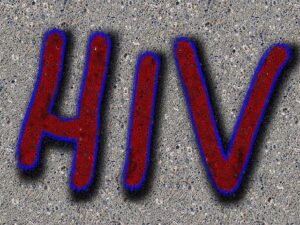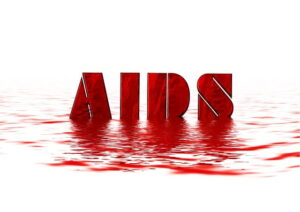HIV/AIDS remains a significant global health challenge, but advancements in research and treatment have transformed the landscape of this once-debilitating condition. In this article, we’ll delve into the facts and myths surrounding HIV/AIDS, explore the latest developments in treatment, and highlight the importance of education, prevention, and destigmatization.

Myths vs. Facts:
1. Myth: HIV/AIDS can be transmitted through casual contact.
Fact: HIV is primarily transmitted through unprotected sexual intercourse, sharing needles, and from mother to child during pregnancy, childbirth, or breastfeeding. It cannot be spread through casual contact like hugging, shaking hands, or sharing food or utensils.
2. Myth: HIV/AIDS only affects specific demographics or lifestyles.
Fact: HIV/AIDS can affect anyone, regardless of age, gender, sexual orientation, or lifestyle. It is crucial to understand that anyone engaging in risky behaviours, such as unprotected sex or sharing needles, can be at risk of contracting HIV.
3. Myth: HIV/AIDS is a death sentence.
Fact: While HIV/AIDS was once considered a fatal disease, advancements in antiretroviral therapy (ART) have turned it into a manageable chronic condition for many individuals. Early diagnosis and proper treatment can enable people living with HIV to lead long and healthy lives.
4. Myth: HIV/AIDS is not preventable.
Fact: HIV transmission is preventable through various methods, including practising safe sex by using condoms, avoiding sharing needles or syringes, and receiving pre-exposure prophylaxis (PrEP) for high-risk individuals. Education, regular testing, and access to healthcare services are essential components of prevention efforts.
Latest Developments in Treatment:
Antiretroviral therapy (ART) is the cornerstone of HIV treatment, consisting of a combination of medications that target different stages of the HIV lifecycle. These medications suppress viral replication, reduce the viral load in the body, and restore immune function. Key developments in HIV treatment include:
1. Single Tablet Regimens (STRs): Simplified treatment regimens combining multiple antiretroviral drugs into a single tablet have improved adherence and effectiveness, reducing the pill burden for patients.
2. Long-Acting Injectable Therapies: Injectable antiretroviral drugs administered every few weeks or months are being developed as alternatives to daily oral medications, offering convenience and improved adherence.
3. HIV Prevention Tools: Besides treatment, prevention tools such as PrEP (pre-exposure prophylaxis) and PEP (post-exposure prophylaxis) are crucial in reducing HIV transmission risk among high-risk individuals and healthcare workers exposed to HIV.
4. Cure Research: While a cure for HIV/AIDS remains elusive, ongoing research into HIV reservoirs, immune-based therapies, and gene editing technologies (e.g., CRISPR) offers hope for potential functional or complete cures in the future.
Importance of Education and Prevention:
Education plays a pivotal role in raising awareness, dispelling myths, reducing stigma, and promoting HIV testing and treatment. Encouraging open dialogue about sexual health, providing comprehensive sex education in schools, and promoting regular HIV testing as part of routine healthcare can empower individuals to take control of their health.
Destigmatization efforts are equally vital in creating supportive environments for people living with HIV/AIDS. Challenging stereotypes, advocating for non-discriminatory policies and practices, and fostering empathy and understanding within communities can help combat the stigma and discrimination associated with HIV/AIDS.
While HIV/AIDS continues to pose challenges, significant progress has been made in understanding, preventing, and treating this condition. By dispelling myths, promoting accurate information, advocating for prevention strategies, and supporting research and innovation in HIV/AIDS management, we can move towards a future where HIV/AIDS no longer carries the weight of fear and stigma. Education, compassion, and collaboration are key in the global fight against HIV/AIDS, paving the way for healthier communities and a brighter tomorrow.










